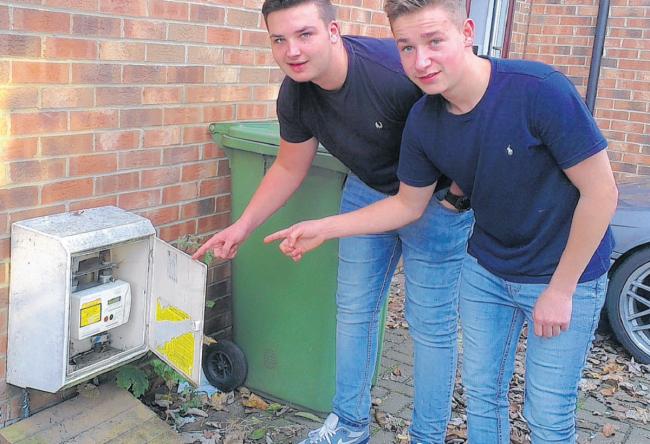T
The Ghost
Called today as client wanted boiler serviced/fixed. Gas safe man looked at meter boxed outside and said "No bonding! No fix!" Called me to assess. So...Clearly bonding x 2 are leaving the CU. Correct size. Test to water and Gas outside and readings below/within 0.05 ohms continuity. Suggesting there was indeed bonding connected as a previous electrician had confirmed the same. My consideration is looking at the above reg it says ...or at the point of entry to the building... Now how do you read that? Does it mean
A: the external point of entry
B: the internal point of entry
I have always assumed it is a matter of where it enters the building inside. Therefore, as in this case the bonding is probably connected under the floorboards inside the front living room as readings do indicate, and evidence of bonding cables leaving CU. What is your view?
Anyway it is clear that we must provide bonding to the outside gas meter so that work can go ahead and satisfy the gas man. Seems a bit silly to me but what else can you do.
A: the external point of entry
B: the internal point of entry
I have always assumed it is a matter of where it enters the building inside. Therefore, as in this case the bonding is probably connected under the floorboards inside the front living room as readings do indicate, and evidence of bonding cables leaving CU. What is your view?
Anyway it is clear that we must provide bonding to the outside gas meter so that work can go ahead and satisfy the gas man. Seems a bit silly to me but what else can you do.










